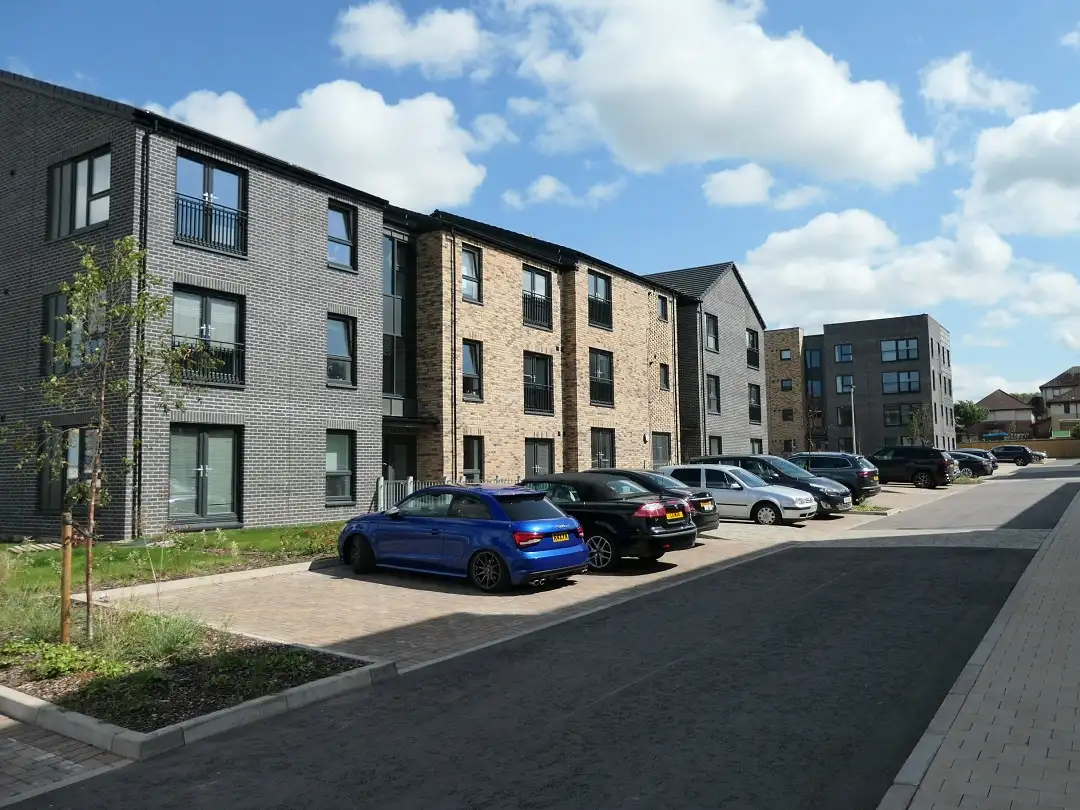
A new report commissioned by Thriving Investments reveals that hotspots of acute housing need are scattered throughout the UK.
• While London boroughs are suffering from the most severe affordability crisis – accounting for 10 of the UK’s top 15 least affordable locations for key worker renting – renters in the commuter belt and key metro locations of Manchester, Birmingham, Bristol, Bath and south Wales are especially challenged
• Affordability constraints appear to be forcing key workers to live increasingly further from their workplaces
• The areas suffering from a disproportionate number of key workers spending over 30% of their income on rent include London, the South East, much of the South West and then clear pockets in Manchester, York and parts of Suffolk
• In the UK's most unaffordable locations, median rents are 26% more expensive than what would be considered affordable (relative to local incomes for single income households)
Whilst London continues to suffer from a severe renter affordability crisis, new research commissioned by Thriving Investments reveals that hotspots of acute housing need can be found across the UK. In addition to London, which accounts for 10 of the top 15 most unaffordable locations in the UK, key workers¹ in the commuter belt and metropolitan locations of Manchester, Birmingham, South Wales, Bristol and Bath are most exposed to the double whammy of high rents and a shortage of homes, with nearly half of renters spending more than 30% of their income on rent² in the UK’s most unaffordable locations.
This is according to first-of-its kind research from Thriving Investments and PriceHubble, which assessed 283 Local Authorities (LAs) across multiple indicators of housing stress. The research worked to identify where the undersupply and unaffordability of homes for key workers is most acute and consequently, to reveal the locations in which investors in housing can create the biggest social impact through the delivery of new high-quality affordable housing.
Due to a number of affordability constraints, key workers are being pushed into living further away from their workplaces, with York, Reading and Hastings ranking particularly poorly on this metric. On average across the UK, only 22% of key workers currently live within two miles of their workplace, versus 25% in 2018.
Additionally, renters are remaining in the PRS sector for longer than they have done previously and are renting through a number of different life stages. For example, an average of 30% of renters in the UK are families, a trend that is particularly apparent in the geographic arc from Reading to the East Coast via Northampton.
Across the most unaffordable top quartile of locations, 44% of key worker renters are paying more than 30% of their take home income on rent, with the average figure sitting at 33% across all UK local authorities. In the most unaffordable areas of London, this figure rises as high as 80% (Westminster), 74% (Camden) and 70% (Hammersmith and Fulham), whilst outside of London, the top locations are Arun and Elmbridge (both 52%) and Slough (50%).
When focusing on average earnings versus average rents, affordable rents were up to 26% below the median rents in the worst areas of the UK, with it being hardest to afford a rental property and enter the PRS market as a low-income earner in London and the South East.
Cath Webster, CEO of Thriving Investments, commented: “The affordability crisis in the UK has reached an all-time high, and this research, which looks beyond purely conventional indicators, shows the scale and severity of the problem while highlighting the specific areas of acute housing distress not only in London but also across the wider UK.
“Through identifying the locations most impacted by rental pressures, we can continue to inform our strategies – open market, key worker and Affordable – targeting locations where private capital can make the biggest social impact through the delivery of high-quality, affordable homes across multiple tenures. In some of these areas, rental pressure is caused by a failure to align net addition to stock with population growth and rental growth, so strategically targeting the regions most in need of new housing delivery can help to alleviate pressures on the ‘squeezed middle’ who can’t afford ever increasing open market rents but who may ever get to the top of the housing list in their local authority due to supply-demand imbalances.
“In particular, the research provides further evidence of the urgent need for regional strategies in England & Wales that will deliver key worker housing at pace and scale, similar to our Scottish key worker fund, which we are currently engaged with investors around. We will continue to prioritise real estate investment that delivers long-term, stable returns while also generating positive, placebased impact, as we target the delivery of 20,000 homes over the next decade.”
Sandra Jones, Managing Director at PriceHubble, added: “Thriving Investments was keen to identify places with the most acute housing pressures. Relying on affordability metrics alone inevitably focusses attention on London at the expense of other places which we know are suffering too. The need for affordable housing in London is undoubtedly acute but it is also well-known and widely discussed. This research layers up multiple stress indicators to identify housing need in places that are too often overlooked.”
Source 1: Key workers have been defined on the basis of their earnings, as those whose earnings are between the lower quartile and median income (measured at their place of residence).
Source 2: When considering rent as a proportion of total income as a key ONS metric for defining affordability
